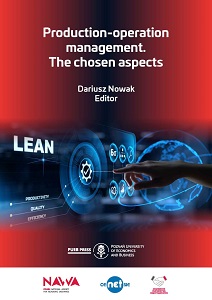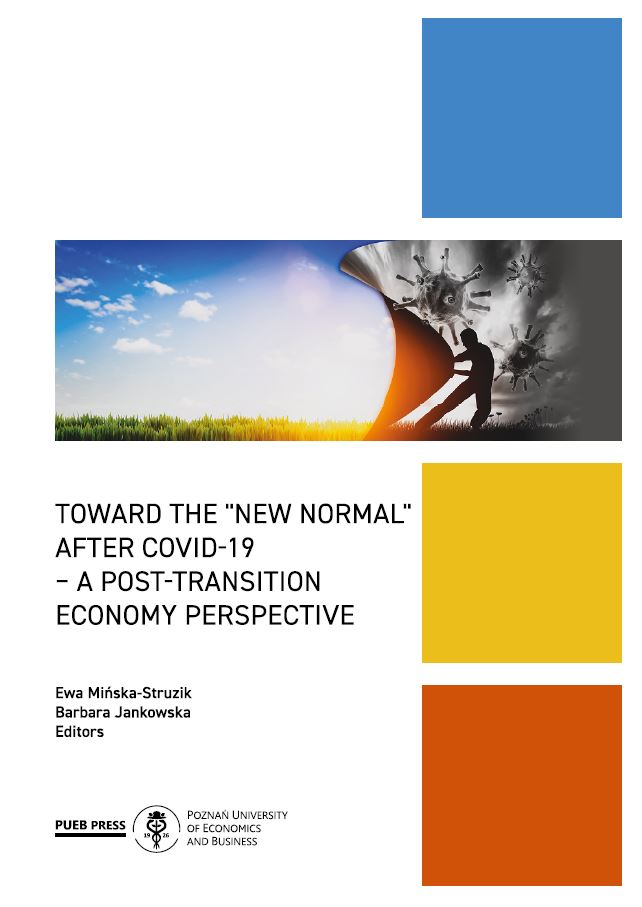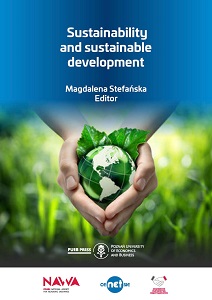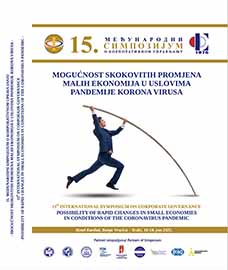
Traditional methods used in operational activities
The purpose of this chapter is to present the traditional methods used in operational management. The methods described include benchmarking, outsourcing, Just-In-Time, kaizen, TotalQuality Management, MRP I, MRP II, and core competencies developed in various periods of the 20thcentury to improve the planning process and efficient management of the flow of resources, goodsand information. Benchmarking consists of comparing the processes and practices used by one’s own enterprise with those used in enterprises considered to be the best in the analysed field. Outsourcing means separating from the organizational structure of the enterprise some functions performed by them independently and transferring them to other entities for execution. Just-In-Time is used toreduce work in progress and inventory levels in production and warehouse processes. Kaizen and TQM are based on the continuous diagnosis and improvement of all elements of the company. MRP methods are based on computer systems and clearly defined, inter alia, the volume of demand, order fulfilment time and provide other data relevant to the company’s logistics system and its operations. Core competencies are company-specific skills that are difficult to copy or win over to competitors.The authors focused primarily on the presentation of the main goals, principles of operation, as wellas the advantages and disadvantages of the selected methods in operational management.
More...


